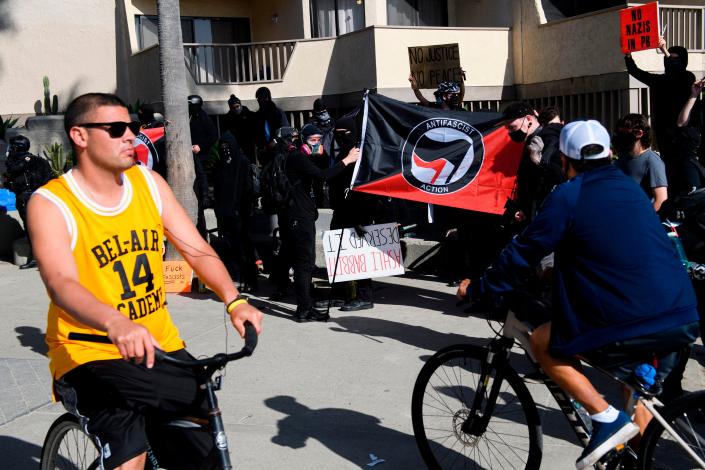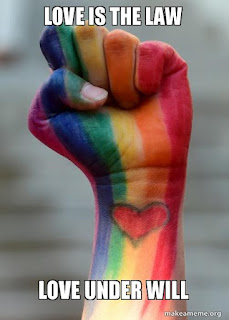IMPERIALIST GEMOLOGY
South Africans Want The Return Of ‘World’s Largest Diamond’ on Queen Elizabeth’s Sceptre
Brunno Braga
Mon, September 19, 2022
Queen Elizabeth II’s death gathered a mix of feelings around the world. The historic role of the British monarchy and its relations with its former colonies is one of them. In South Africa, people are debating about the return of the world’s largest diamond, owned by the Queen.
Known as ‘The Great Star of Africa’, the gem has 530 carats, mined in South Africa in 1905. It has an estimated worth of $400 million.

Reaction
“The Cullinan Diamond must be returned to South Africa with immediate effect,” activist Thanduxolo Sabelo told local media, adding that: “The minerals of our country and other countries continue to benefit Britain at the expense of our people.”
According to CNN, more than 6,000 people have signed a petition asking for the return of the gem. After sending condolences to all members of the Royal Family on Twitter, South Africa’s President Cyril Ramaphosa’s message received many posts from South Africans, claiming the return of the Great Star diamond.
According to the Royal Collection Trust, the Cullinan diamond was a gift to King Edward VII in 1907. It was two years after its discovery in a private mine in South Africa’s old Transvaal province. The Royal Collection Trust oversees the royal collection of the British royal family.
A University of South Africa professor of African politics, Everisto Benyera, rejects the narrative. He told CNN those colonial transactions were illegitimate and immoral. “Our narrative is that the whole Transvaal and Union of South Africa governments and the concomitant mining syndicates were illegal,” Benyera said.
“Receiving a stolen diamond does not exonerate the receiver. The Great Star is a blood diamond. The private (mining) company, the Transvaal government, and the British Empire were part of a larger network of coloniality.”
Leigh-Ann Mathys, a national spokeswoman for the Economic Freedom Fighters (EFF), a South African opposition political party, joined the claim. “We don’t call for its return, as this implies that there was a valid agreement in terms of which the British royal family was borrowed the diamond. It is in their possession purely as a result of colonial tenacities that suffocated natives in this country and elsewhere,” Mathys told CNN.


















